Categories of Traditional Chinese Medicine (TCM) and Pharmacology
Traditional Chinese Medicine (TCM) refers to medicines used under the guidance of TCM theories. It includes raw medicinal materials, processed medicinal slices, and proprietary Chinese medicines. These medicines mainly come from natural sources such as plants, animals, and minerals, with plant-based medicines being the most common.
Raw Medicinal Materials: These are raw materials obtained from plants, animals, and minerals, processed at their place of origin.
Processed Medicinal Slices: These are raw medicinal materials that have been processed and can be directly used in clinical TCM or for the production of formulations.
Proprietary Chinese Medicines: These are formulations made from processed medicinal slices, following pharmacological, efficacy, toxicological, and clinical research. They are processed according to prescribed formulas, production techniques, and quality standards. It is important to note that businesses holding a proprietary Chinese medicine manufacturer or wholesaler license, along with a registration number, can legally sell these medicines. However, they must clearly label the ingredients, properties, indications, specifications, usage, dosage, precautions, adverse reactions, and storage conditions. Consumers should avoid purchasing unlicensed proprietary Chinese medicines.
Pharmacology in TCM
Pharmacology in China TCM represents the principles of medication summarized by generations of physicians based on the following:
Yin-Yang, Zang-Fu, and Meridian Theories: These are applied through clinical practice.
Properties and Therapeutic Effects of Medicines: Based on various properties and therapeutic effects exhibited by the medicines.
Bias and Effects of Medicines: The specific tendencies and actions of the medicines.
Modern pharmacology further validates the active components of TCM by analyzing their chemical constituents. For example, ephedrine in Ephedra and ginsenosides in Ginseng. However, the effective components resulting from the combination of different TCMs still require further research.
Common TCM/Medicinal Materials and Their Effects
Astragalus (Huang Qi):
Properties: Sweet and slightly warm, enters the lung and spleen meridians.
Effects: The astragalus medicine has the functions of tonifying Qi and raising Yang, benefiting Qi and consolidating the exterior, promoting urination and reducing swelling, promoting blood circulation and relieving pain, expelling toxins and promoting pus discharge, healing wounds, and generating muscle tissue, and nourishing blood and fluids. It is often used for Qi deficiency syndromes. Modern pharmacology has found that Astragalus polysaccharides can promote RNA and protein synthesis, and total flavonoids and saponins in Astragalus can protect ischemic and hypoxic myocardium and have a bidirectional regulatory effect on blood pressure. It also has anti-inflammatory, lipid-lowering, blood sugar-lowering, and immune-enhancing effects.
Meridian Entry: This concept refers to the specific organs or meridians that a medicine targets. “Entry” implies the medicine’s affinity or effectiveness for certain organs or meridians. If a medicine enters certain meridians, it indicates that it has significant effects on those organs or meridians.
Methods and Pros and Cons of Taking TCM
In ancient times, TCM was divided into decoctions, powders, pills, pastes, and elixirs. Physicians would choose different forms based on the patient’s condition. Nowadays, TCM is commonly taken as decoctions or concentrated granules (powder).
Decoctions vs. Powders:
Some people believe that decoctions have a stronger taste, while powders are milder. In fact, the production of powders also involves decoction and concentration processes, making them a type of “decoction.” The traditional application of decoctions has already demonstrated their excellent efficacy. Therefore, powders not only save time in preparation but also show good clinical efficacy.
Decoctions:
Pros: Noticeable efficacy.
Cons: Time-consuming, requires specific equipment, and meticulous preparation methods.
Powders:
Pros: Good efficacy, time-saving, easy to use, high safety, and slower release of effects.
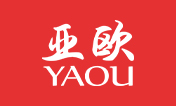
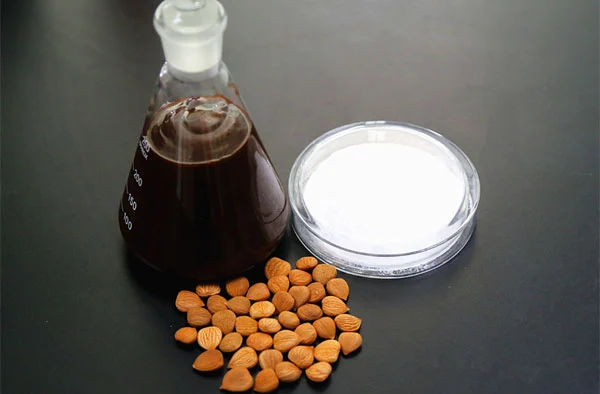
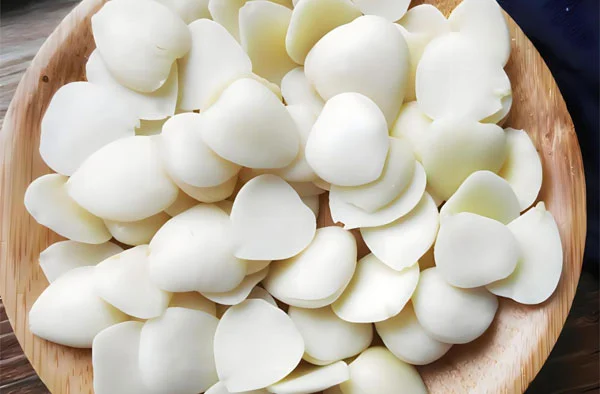
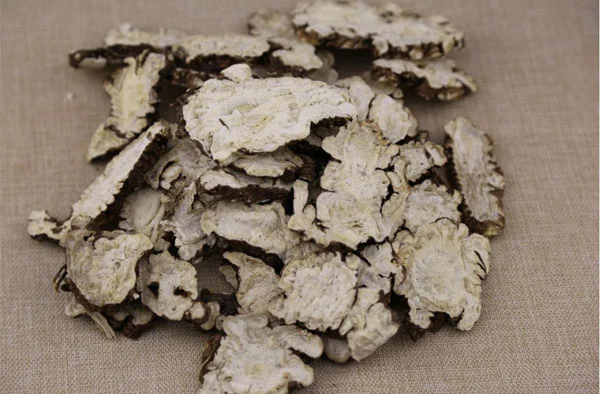
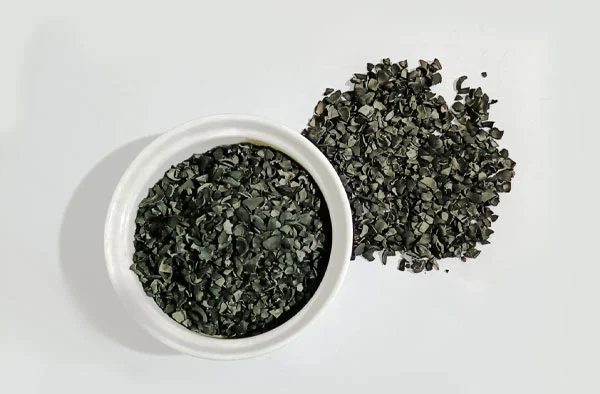

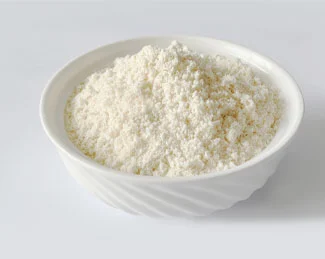
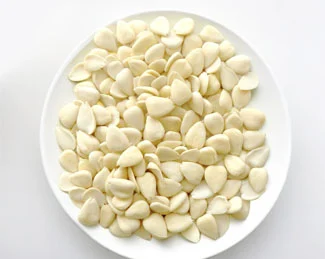
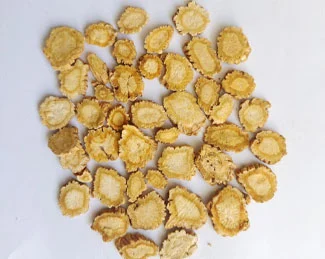
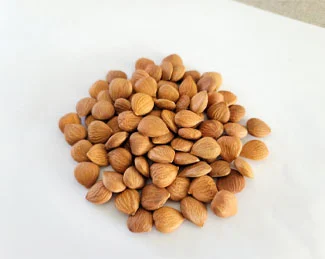
 Products
Products